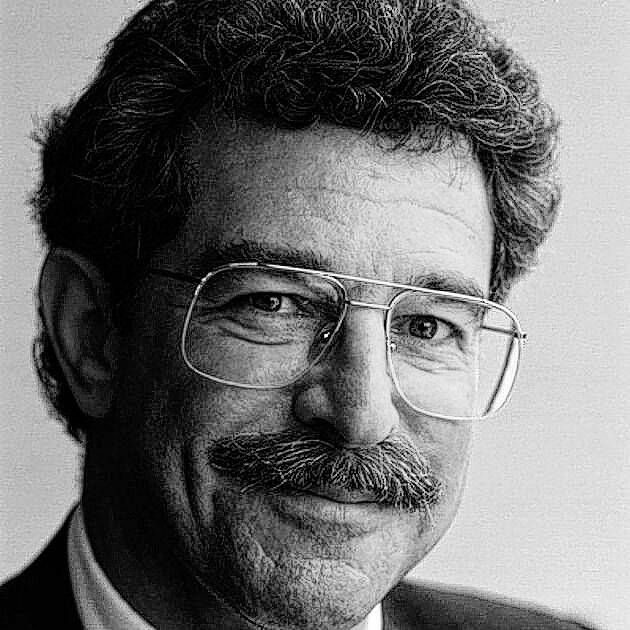Click here to subscribe today or Login.
Back in the days (not so long ago!) when dead trees, properly pulverized, were print journalism’s most reliable source for spreading the news, we all understood two things about America’s greatest newspapers, The New York Times and The Washington Post:
1. They were indeed great newspapers — but not always good ones.
2. You could always find a great front-page news story in The Times and The Post — if you kept turning enough pages.
And so it was, Wednesday morning, when I indulged in my morning luxury of unrolling my home-delivered, dead-trees editions of America’s news greats and checked out their Page 1 news displays, side-by-side.
In the middle of The New York Times’ iconic front page, above the fold, was a news story that immediately captured my eye and commanded my attention: “Retail Chains Found at Fault in Opioid Crisis.”
It began: “A federal jury in Cleveland on Tuesday found that three of the nation’s largest pharmacy chains — CVS Health, Walmart and Walgreens — had substantially contributed to the crisis of opioid overdoses and deaths in two Ohio counties, the first time the retail segment of the drug industry has been held accountable in the decades-long epidemic.”
That’s a story I didn’t see on TV — yet it could be a potential game-changer. Ohio’s Lake and Turnbull counties had sued the three pharma chain giants for damages. The Times reported that the counties’ attorneys contended that “for years, the pharmacies had turned a blind eye to countless red flags about suspicious opioid orders, both at local counters where patients obtained the drugs and at corporate headquarters…”
Just a week earlier, federal researchers reported that deaths from opioid overdoses in the U.S., had soared by 30% in a year — to more than 100,000 for the first time ever in a 12-month period ending last April. 100,000 opioid overdose deaths is more than the total deaths caused by car crashes plus guns in America in the past year.
After reading the 1,552-word New York Times article, I of course checked to see how one of my former newspapers, The Washington Post, covered the big story. Hmmm. Nothing on the front page. Turning pages, scanning each quickly, I went through the section without seeing any eye-catching headline about opioid deaths. So I looked again, very carefully this time — and I found what there was to see of it.
Down at the bottom of page A2, was a catchall labeled “Digest,” and the last item in that was a garnish just six sentences long under a tiny label of a headline: “Pharmacy chains held liable for opioid crisis.” Still it said all the essentials — and should have set off a news decider’s bells and whistles.
So we are reminded, yet again, that my news business is really more of an artful craft than a profession. What seems like major front-page news to some just whisks past others. But, come to think of it, things can also get downright crafty in the most high-minded professions — including those where robed deciders judge the law.
The attorneys for those two Ohio counties contended the failures of the three pharmaceutical chains alone had cost the counties more than $1 billion each — and created a “public nuisance,” which they said can cover the public health crisis of opioid overdoses. And they won — never mind that judges in California and Oklahoma rejected suits by local officials citing that same “public nuisance” grounds. And now of course, the three chains say they are appealing this week’s verdict.
EPILOGUE: The Cleveland federal courtroom turned out to be a place of potential precedent — but also a place of legal theater with more show biz flair than anything TV’s original Perry Mason ever pulled off in even his most theatrical TV courtroom caper.
And luckily, The New York Times’ savvy correspondent Jan Hoffman captured a scene that others overlooked. She wrote about a moment that occurred after the attorney for Walmart, perhaps reaching for his own oratorical flair, mentioned a bridge over the Cuyahoga River outside the courthouse. That was just what Mark Lanier, the high-profile Texas-based attorney representing the two Ohio counties, was waiting for. He brought in a model of a bridge made of hundreds of plastic Legos. He talked about how a community relies upon a bridge’s sturdy trestles. He asked: What if two or three are rotten or in the wrong place as people are driving over it?
Lanier made the plastic Legos his Perry Masonry — knocking away just a few. “Everything can fall,” he told the jury. And lo, as if on cue, Lanier’s Lego bridge fell. So did the Case of the Drug Chain Trio. The judge will set the amount next spring.
Cha-ching!
Martin Schram, an op-ed columnist for Tribune News Service, is a veteran Washington journalist, author and TV documentary executive. Readers may email him at [email protected].





